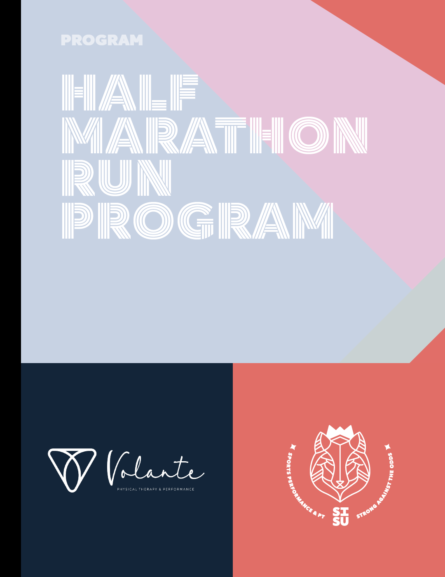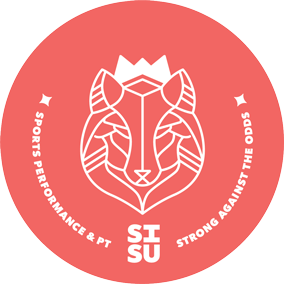In collaboration with

Half Marathon Training Plan


If you are someone who wants to take things at their own pace in training, purchasing a do-it-yourself program is a great option. This program includes 4-6 days of running and walking to help you reach your half marathon (13.1 miles) training target within a 16-week timeframe. The plan builds in 4 week blocks, with a de-load or recovery week every 4th week.
For details on what is included in this training plan, see the “details” box below.
Recommendations prior to purchase:
- We encourage anyone who purchases this program to be tolerant of 30-45 minutes of running 3 times per week. Some experience as a runner is ideal but not required.
- This program may not be appropriate for someone attempting to start running for the very first time.
- If you are looking for a kickstart to your running, please start with the Return to Run program that you can download for free here.
$47.00
Details
You'll Discover
- 16-week training plan
- 5 days per week running
- Intensity guidelines
- Benchmark workouts
- Speed work
- Guidelines around pain
- Basic nutritional recommendations (not from a registered dietitian)
- Basic recovery recommendations




